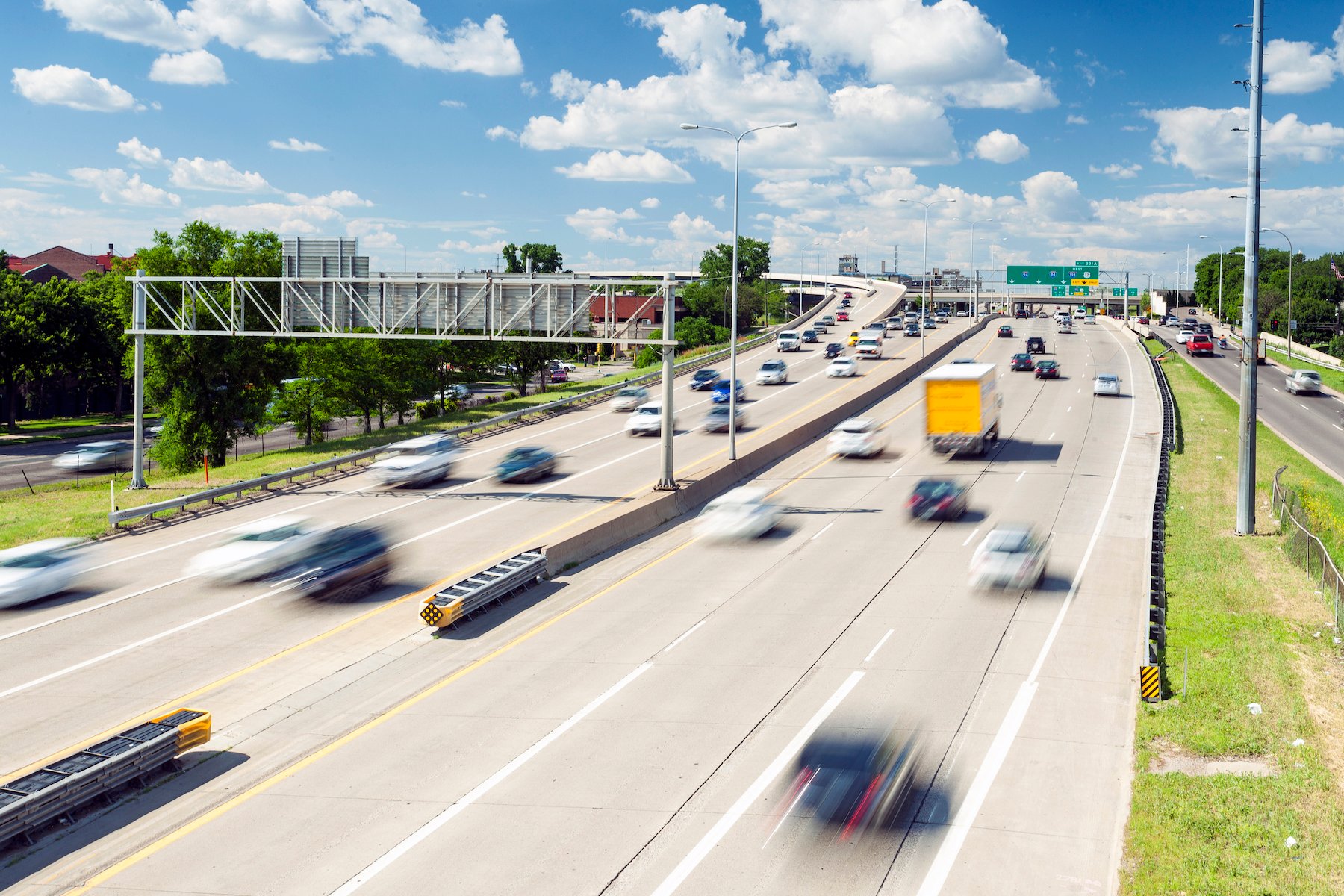The Transfix Take Podcast | Ep. 25 – Week of Nov. 1
Westward Ho!
As we truck into November, all eyes are still on ocean ports and the driver shortage. That said, shippers have gained some advantage recently with shipments heading back to the West Coast, as rates fall and carriers are willing to take freight at lower prices to head out West — and collect a premium when leaving. Even with the national average tender rate trending slightly downward, the top lanes for carriers are to warehousing markets on the West Coast. Lanes from Southern California to markets such as Phoenix, Denver, and Stockton continue to hit new records. These imports need to go somewhere, and warehouse space is not easy to come by right now.
As we drive headlong into peak season, markets remain relatively loose in the East, South, and Midwest. Rates are already higher than they were this time last year, and we are likely to see them gradually increase through the month of November; we are already starting to see more overall volume in the market. Thanksgiving is getting closer, so the reefer market is likely to tighten even more, which we believe will affect the overall full truck load (FTL) market. The Pacific Northwest continues to be a pain point for shippers during its current produce season, as the region is battling with California for capacity.
Long Hauls Continue to Perform; Successful Supply-Chain Solutions Hard to Come By
As we’ve been reporting for the past couple of weeks, longer lengths of haul are still out-performing shorter lengths; this is intensifying with more volume starting to move via rail from Southern California. We are already seeing an uptick in rail volume to the Atlanta market. We believe this trend likely will continue to heat up, much like we saw in September. We expect longer-haul volume to increase even more, as imports get through their first bottleneck and need to be expedited to end locations. We may see similar domino effects to what we saw last year, with capacity shifting to support the longer hauls, as shippers expedite freight out of port markets.
More than 80 containers are anchored in the San Pedro Bay, and port congestion in Southern California has only been getting worse. Myriad methods are being tried to help, including changing zoning laws to allow more than two containers to be stacked at once in trucking yards. Other approaches, such as fining carriers for being late to pick up containers, may prove not as helpful, and incurred fees could just be passed on to shippers.
Driver Shortage, Bottlenecks Show No Sign of Slowing
China’s Golden Week, in the beginning of October, which traditionally marks the end of the peak ocean shipping season and brings relief to the market, unfolded very differently this year. There are bottlenecks on both sides of the sea, and a large amount of freight still needs to make its way to the U.S.
Supply chain solutions will not happen overnight, and the driver shortage is still smack in the middle of it all. The American Trucking Associations (ATA) estimates the shortage will hit a historic high of just more than 80,000 drivers in 2021.
“I think the supply chain problems of today are a glimpse into the future if we don’t fix this,” said Bob Costello, chief economist for the ATA, according to Fortune. “At some point, what will happen is you will go to the grocery store, the driver shortage will get so bad, instead of seeing seven kinds of apples, you will see three.
“This is a warning to shippers, the supply chain, everything. When you look at demographics, and [if] nothing changes, the driver shortage could reach 160,000 in the next 10 years.”
The industry is also seeing drivers going independent rather than becoming company drivers, due the prolonged hot market and technology, such as with Transfix, that enables them to operate on their own. This could lead to prolonged tight markets, as well.
We agree with many experts who predict the FTL sector will remain hot well into 2022. The power of pricing remains out of shippers’ hands. Predictions heading into 2021 were for rates to fall mid-year, but the opposite happened. Traditionally, large carriers gain capacity quickly, which helps relieve pain and drives down rates, as they oversupply the market. This freight cycle is taking a different turn, with large fleets growing more slowly and more drivers going independent. We are likely to see some easing in the markets through next year, but not like what we’d traditionally see coming out of a freight cycle.
The movement of freight is changing in every mode, as shippers do their best to keep up with record demand while fighting congestion at multiple points throughout the supply chain. Shippers who think forward, use data and think outside the proverbial box on solutions, while partnering with companies such as Transfix, will come out of this ongoing freight rally in a better position and well ahead of competitors. The one huge win through this pandemic has been speeding up the digital transformation of the transportation industry.
With the uncertainty and volatility surrounding the U.S. economic recovery, shippers need a partner that can help them adapt and excel — no matter the circumstance. Shippers turn to Transfix for our leading technology and reliable carrier network. As volumes drive higher, we are here to help: Learn more about our Core Carrier program and Dynamic Lane Rates. As part of our ongoing market coverage, we’ll continue to provide breaking news, resources and insight into emerging trends and the pandemic’s impact on the transportation industry.
This communication may contain certain forward-looking statements that are not statements of historical facts. All such statements are based on current expectations as well as estimates and assumptions that, although believed to be reasonable, are inherently uncertain. These statements involve numerous risks and uncertainties, and actual results may differ materially from those expressed in any forward-looking statements. We undertake no obligation to update or revise any of the forward-looking statements contained herein, whether as a result of new information, future events, or otherwise.




